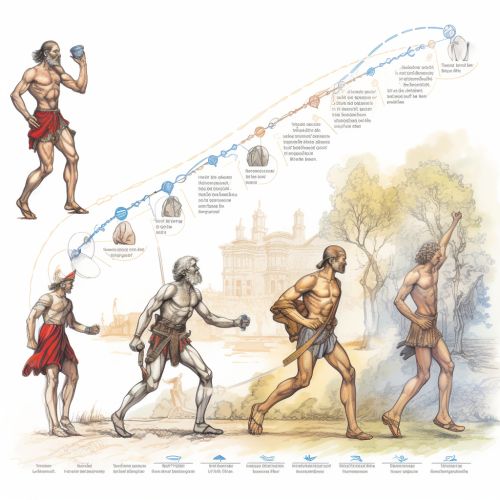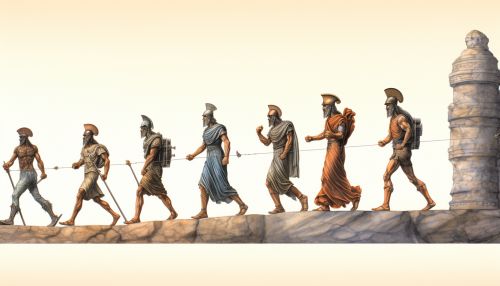Biomechanics
Introduction
Biomechanics is the study of the structure and function of biological systems such as humans, animals, plants, organs, and cells by means of the methods of mechanics. It is a branch of physics that brings together principles of mechanics, biology, and anatomy to understand how organisms perform various functions. It is an interdisciplinary field that draws on knowledge from many areas of science and engineering.
History and Development
The history of biomechanics dates back to ancient Greece, where philosophers like Aristotle and Archimedes made significant contributions to the understanding of mechanical principles that govern movement. However, the term "biomechanics" was not coined until the 20th century.


Principles of Biomechanics
Biomechanics applies the laws of physics and mechanics to biological systems to understand how they move and interact with their environment. It uses principles such as force, motion, equilibrium, and fluid mechanics.
Force
Force is a fundamental concept in biomechanics. It is a vector quantity, meaning it has both magnitude and direction. In biomechanics, forces can be external (such as gravity or friction) or internal (such as muscle tension or joint reaction forces).
Motion
Motion is another key principle in biomechanics. It involves the study of displacement, velocity, and acceleration of body segments. Kinematics is the branch of biomechanics that deals with the description of motion, while kinetics is concerned with the causes of motion, primarily forces.
Equilibrium
Equilibrium in biomechanics refers to the state of a system when the sum of forces acting on it is zero, resulting in no acceleration. This can be either static equilibrium, where the system is at rest, or dynamic equilibrium, where the system is moving with constant velocity.
Fluid Mechanics
Fluid mechanics is the study of fluids (liquids and gases) and the forces acting on them. In biomechanics, fluid mechanics principles are used to understand blood flow, air flow in the lungs, and movement through water or air.
Applications of Biomechanics
Biomechanics has a wide range of applications in fields such as sports science, ergonomics, orthopedics, physical therapy, and bioengineering.
Sports Science
In sports science, biomechanics is used to analyze athletic performance and develop techniques to improve efficiency and prevent injuries. It can help athletes achieve optimal performance by analyzing their movements and providing feedback to improve technique.
Ergonomics
In ergonomics, biomechanics is used to design workstations, tools, and equipment that fit the human body and its movements, reducing the risk of injury and increasing productivity.
Orthopedics
In orthopedics, biomechanics is used to understand the mechanics of the musculoskeletal system, to develop artificial joints, and to improve the surgical treatment of bone and joint disorders.
Physical Therapy
In physical therapy, biomechanics is used to understand the causes of injuries, to develop rehabilitation methods, and to improve the quality of life for individuals with physical impairments.
Bioengineering
In bioengineering, biomechanics is used in the design and development of medical devices, prosthetics, and artificial organs.
Future Directions
The future of biomechanics is promising, with advancements in technology leading to new research areas and applications. These include the use of computer modeling and simulation, the development of wearable technology to monitor movement, and the application of nanotechnology in the study of cellular and molecular biomechanics.


